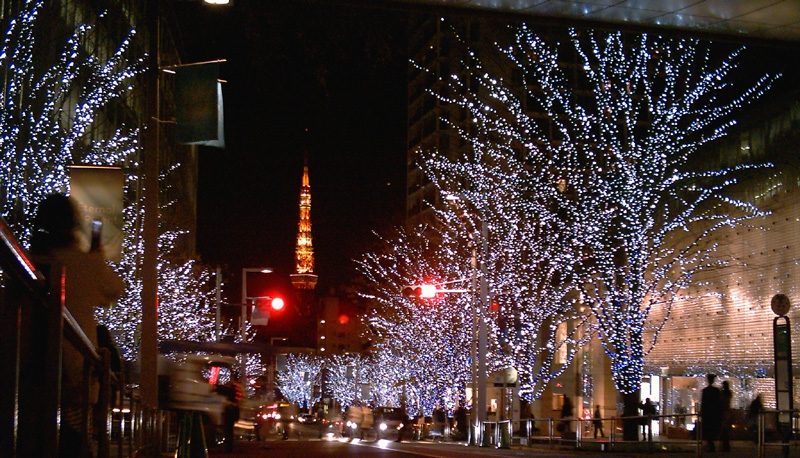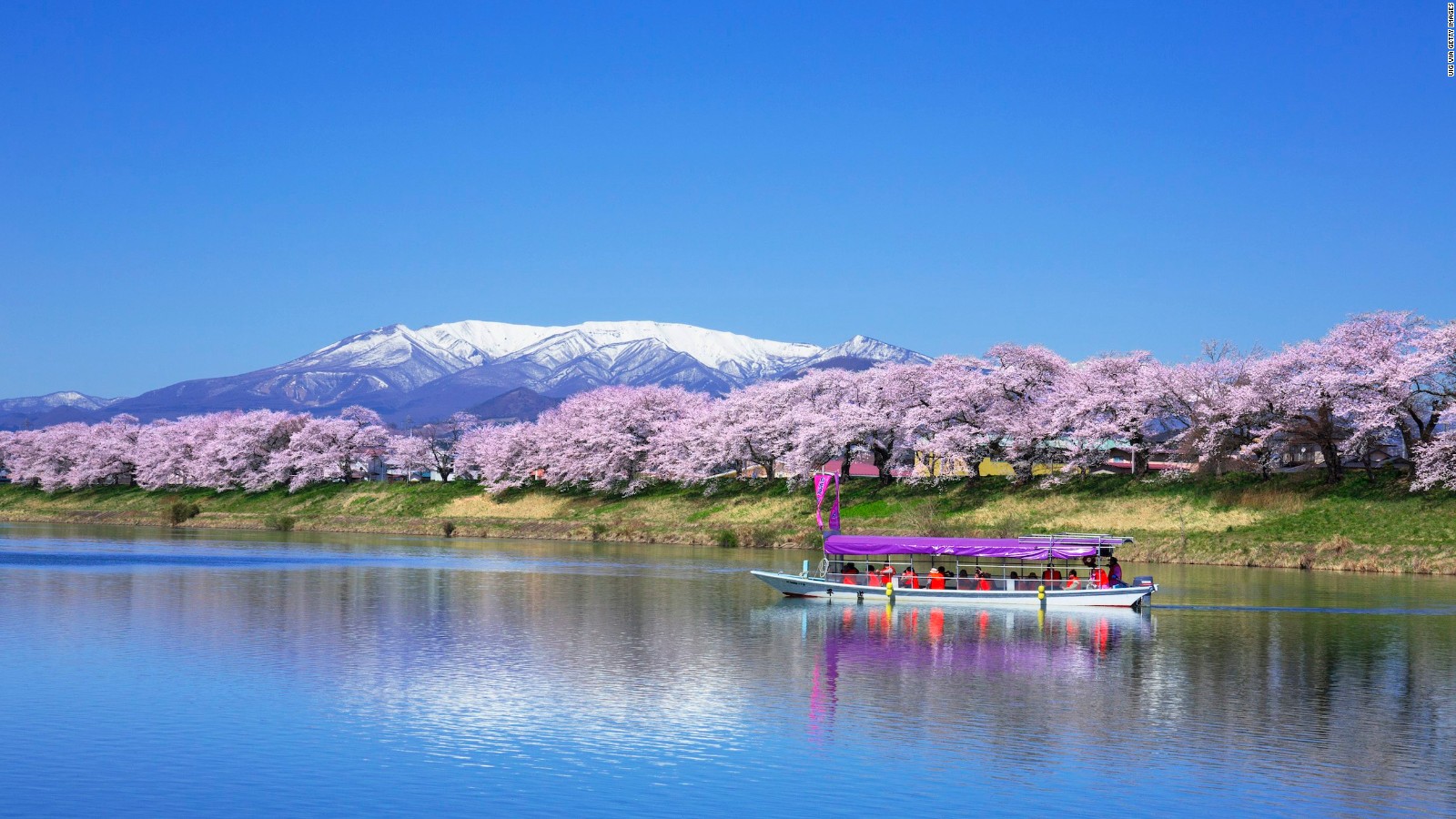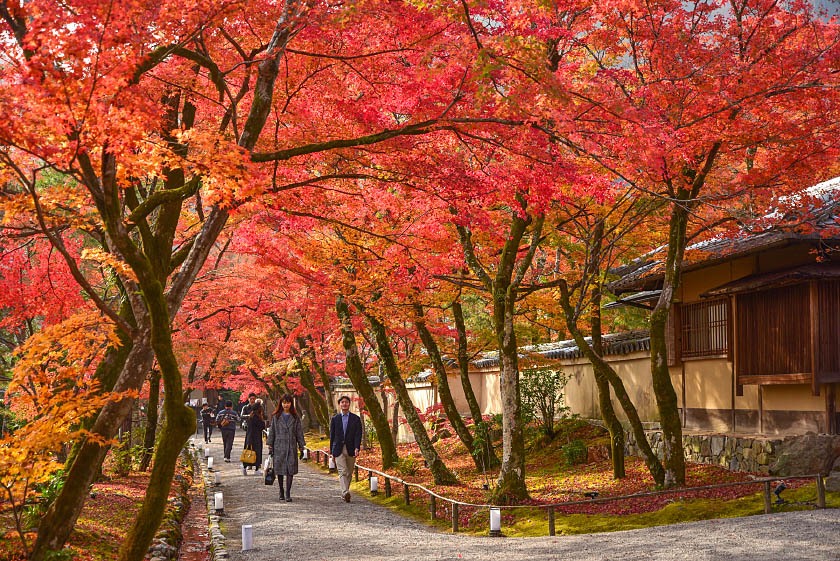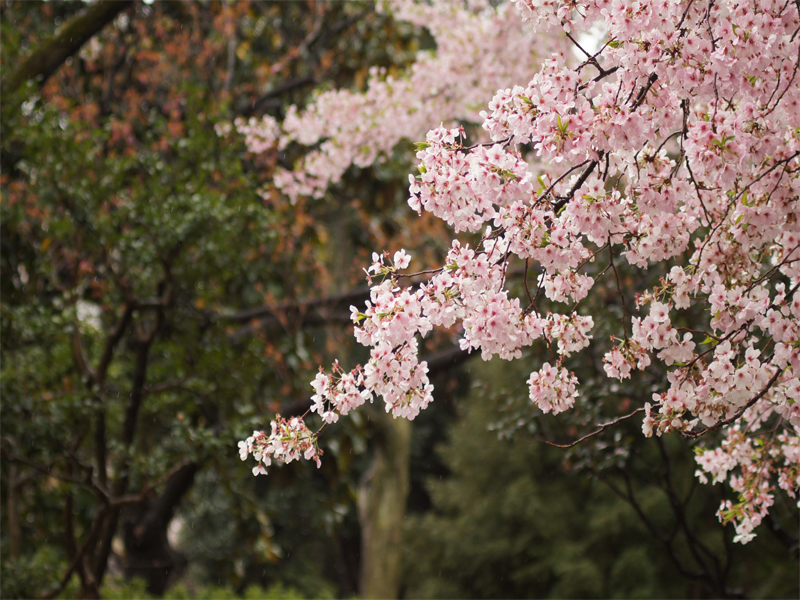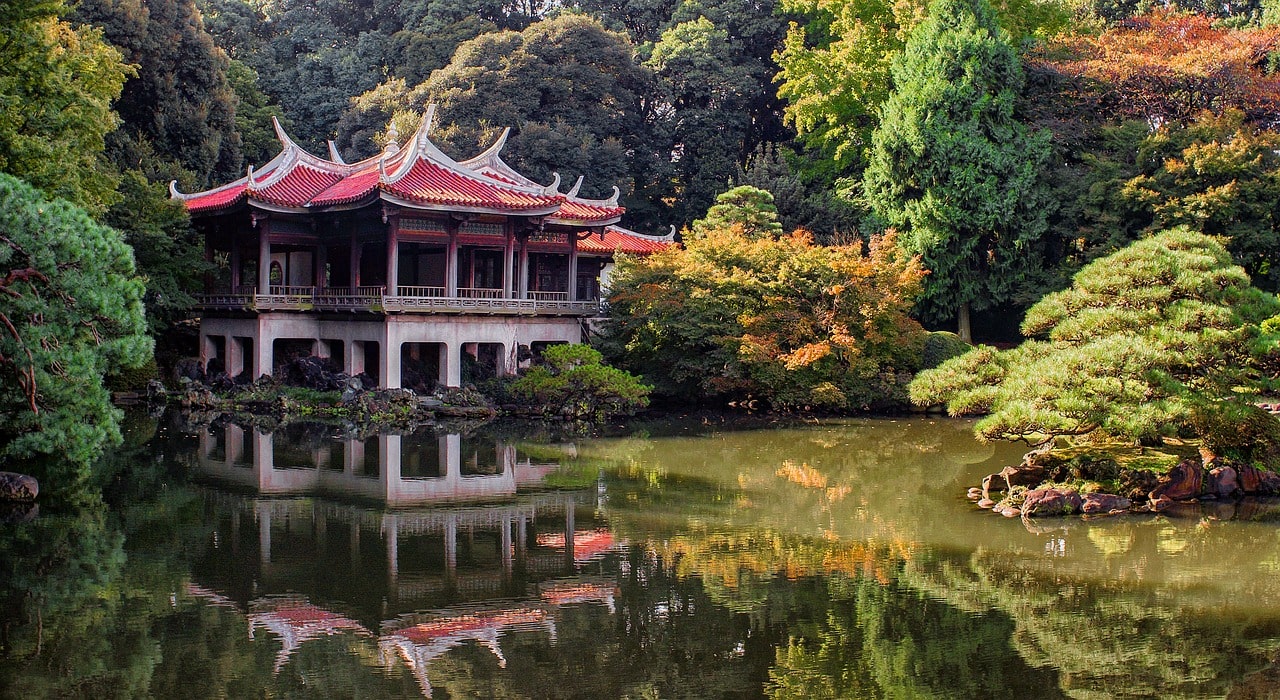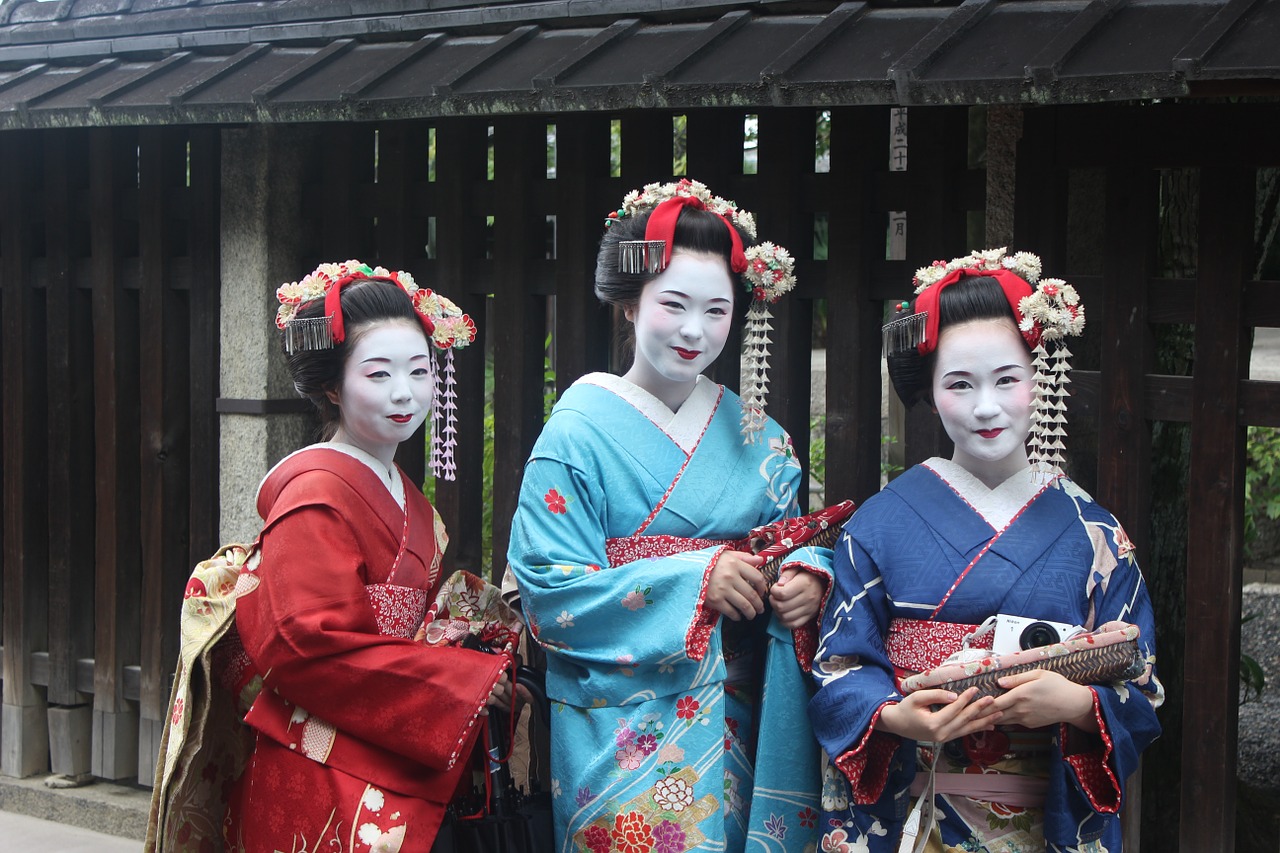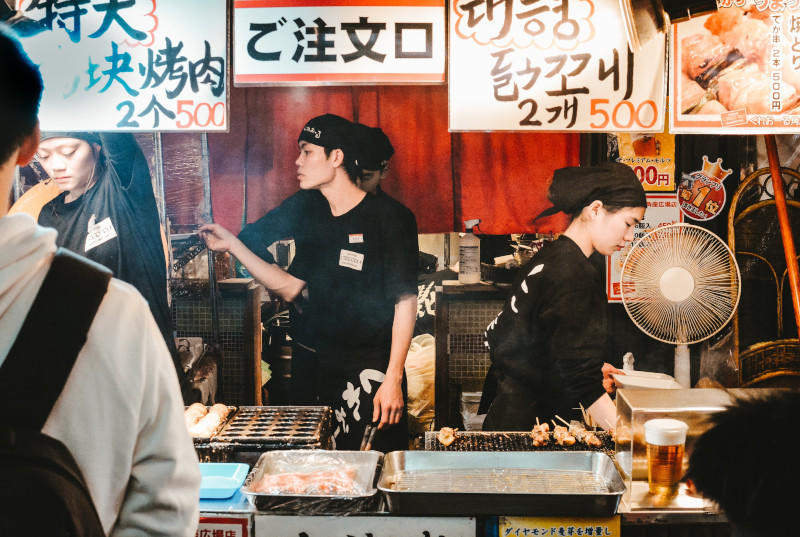Christmas in Japan (known as kurisumasu; クリスマス) is an extravagant and exciting affair full of many unique and fun things. Amongst the Japanese version of a Christmas dinner and the romantic atmosphere, Christmas is a lovely time of year to encounter in Japan. Differences to western Christmas The most important thing to note about Japanese
Japan by trainRail travel is one of the most efficient ways of travelling across Japan. Aside from the famous high-speed Shinkansen services, there are also many regional lines connecting cities, prefectures and regions together. Japanese trains may stand out from their efficiency and convenience alone, however there are more features which set them apart from other rail
Rail travel is one of the most efficient ways of travelling across Japan. Aside from the famous high-speed Shinkansen services, there are also many regional lines connecting cities, prefectures and regions together. Japanese trains may stand out from their efficiency and convenience alone, however there are more features which set them apart from other rail
Tsukimi: contemplation of the MoonTsukimi is a festival observed across Japan. It is a time of appreciation, harvests and veneration. Japan is fond of festivals and celebrations; what is special about this one? What is Tsukimi? Tsukimi (月見; moon viewing) is a Japanese festival which takes place during autumn. It is a spiritual celebration of autumn, symbolised through making
Tsukimi is a festival observed across Japan. It is a time of appreciation, harvests and veneration. Japan is fond of festivals and celebrations; what is special about this one? What is Tsukimi? Tsukimi (月見; moon viewing) is a Japanese festival which takes place during autumn. It is a spiritual celebration of autumn, symbolised through making
Travel guide: Tohoku and its prefecturesTōhoku is the name for the northernmost 6 prefectures of Japan’s main island, Honshū: Akita, Aomori, Fukushima, Iwate, Miyagi, and Yamagata. It is a region renowned for its natural beauty and rural charm, consisting of hills, mountains, forests, farmland and rugged coastlines. Because of its northern location, visitors should be aware that Tōhoku is colder
Tōhoku is the name for the northernmost 6 prefectures of Japan’s main island, Honshū: Akita, Aomori, Fukushima, Iwate, Miyagi, and Yamagata. It is a region renowned for its natural beauty and rural charm, consisting of hills, mountains, forests, farmland and rugged coastlines. Because of its northern location, visitors should be aware that Tōhoku is colder
Kōyō: The Japanese Traditions of Autumn LeavesKoyo (紅葉; colourful leaves) refers to the vibrant colours of leaves in autumn. Across Japan, people can be seen amongst the trees and enjoying their beauty. Although less known as the more famous changing of seasons, Hanami, Koyo is nonetheless still enjoyed by natives and visitors alike. Every year, the koyo front travels south from
Koyo (紅葉; colourful leaves) refers to the vibrant colours of leaves in autumn. Across Japan, people can be seen amongst the trees and enjoying their beauty. Although less known as the more famous changing of seasons, Hanami, Koyo is nonetheless still enjoyed by natives and visitors alike. Every year, the koyo front travels south from
Travel guide: What to visit and do in Kyoto?Kyoto is quintessential Japan; historic, beautiful and full of culture. Located in the Kansai region south-west of Tokyo, this city was actually the capital of Japan for over a thousand years. Because of this, the city is full of ornate temples, palaces and shrines. Look beyond these, however, and you will find a bustling city
Kyoto is quintessential Japan; historic, beautiful and full of culture. Located in the Kansai region south-west of Tokyo, this city was actually the capital of Japan for over a thousand years. Because of this, the city is full of ornate temples, palaces and shrines. Look beyond these, however, and you will find a bustling city
Hanami: Cherry blossom in JapanHanami (花見), literally meaning ‘flower watching’, is a traditional practise in Japanese culture which occurs annually. It takes place when the many blossom trees of Japan bloom, generally during March, April or May. This ceremony is revered and special to the Japanese people and has been practised for over a millenium. What is Hanami? Simply
Hanami (花見), literally meaning ‘flower watching’, is a traditional practise in Japanese culture which occurs annually. It takes place when the many blossom trees of Japan bloom, generally during March, April or May. This ceremony is revered and special to the Japanese people and has been practised for over a millenium. What is Hanami? Simply
Travel guide: What to visit and do in Tokyo?Tokyo is a sprawling city full of rich history, delicious food and fascinating subcultures. Whether it’s the eclectic fashion styles of Harajuku, the bright lights and manga stores of Akihabara, or the beauty of the Imperial Palace, Tokyo has something for everyone. Points of Interest Japan has a long and exciting history; Tokyo is no
Tokyo is a sprawling city full of rich history, delicious food and fascinating subcultures. Whether it’s the eclectic fashion styles of Harajuku, the bright lights and manga stores of Akihabara, or the beauty of the Imperial Palace, Tokyo has something for everyone. Points of Interest Japan has a long and exciting history; Tokyo is no
Best times to travel to JapanThe best time to travel to Japan varies depending on what activities you want to do. Here you will learn about the best times to travel to Japan and the benefits those times have. For example, if you want to see the cherry blossoms, you don’t want to visit at a time when they have
The best time to travel to Japan varies depending on what activities you want to do. Here you will learn about the best times to travel to Japan and the benefits those times have. For example, if you want to see the cherry blossoms, you don’t want to visit at a time when they have
Japan’s traditional dishesIf we’re talking about typical Japanese dishes, we also have to talk about their origin. In spite of being an adaptation of Chinese gastronomy, it is not necessary to detract from Japan and it is necessary to emphasize that the Japanese kitchen found its way, its inspiration and development a wide variety of plates that
If we’re talking about typical Japanese dishes, we also have to talk about their origin. In spite of being an adaptation of Chinese gastronomy, it is not necessary to detract from Japan and it is necessary to emphasize that the Japanese kitchen found its way, its inspiration and development a wide variety of plates that

